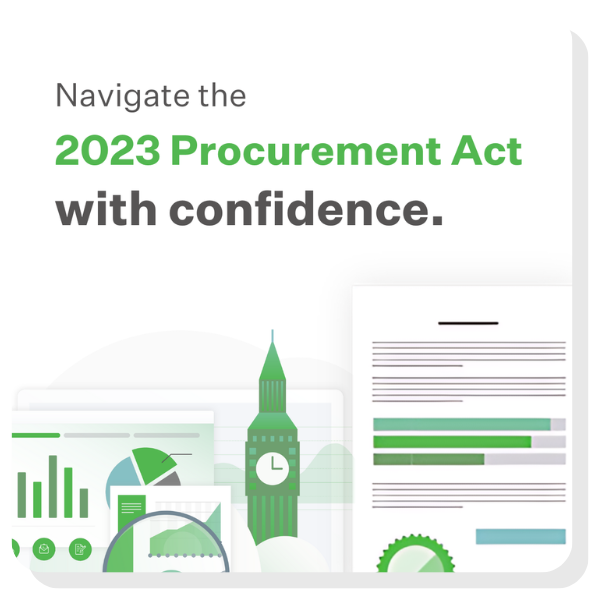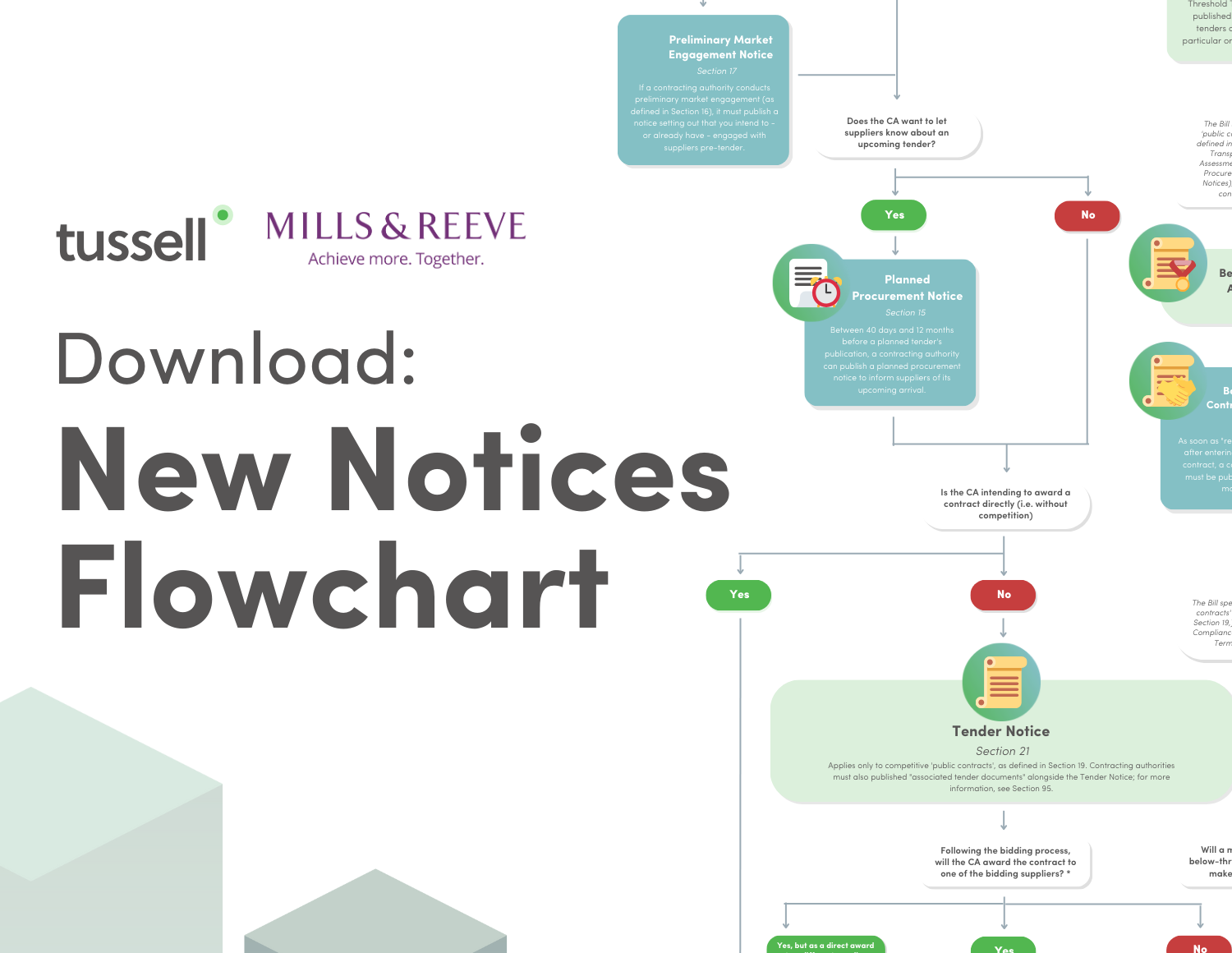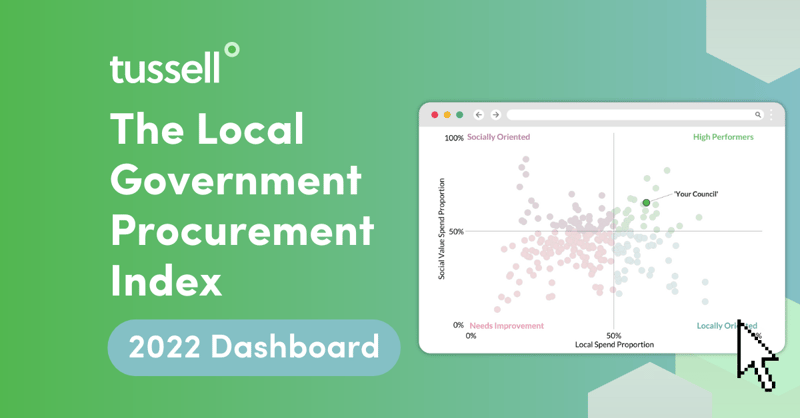In 2018, Northamptonshire County Council issued the first section 114 notice in almost 20 years. Since then, an average of 2 regional authorities have gone 'bankrupt' each year as they've struggled to balance their budgets.
The last 6 years has seen a steady rise in the number of local governments facing 'bankruptcy'. In 2023 alone, Woking Borough Council, Nottingham City Council and Birmingham City Council - Europe's largest local authority - all issued section 114 notices.
But what is a section 114 notice? Why are they becoming increasingly common? And, how can data help us understand the phenomenon and stop it in its tracks? In this blog, we address all these questions.
Skip ahead to read about:
📃 Why do local authorities issue section 114 notices?
In the traditional sense of the word, local governments can't go 'bankrupt'. However, council's have a legal obligation to ensure that their expenditure does not exceed their income in any given financial year.
As such, a council's CFO has a statutory duty to issue a section 114 notice if they think the council will be unable to meet its expenditure commitments from its income.
The Local Government Association (LGA) estimates that almost 1 in 5 local authorities are currently at risk of issuing a section 114 notice.
❗ What happens when a section 114 notice is issued?
Once a section 114 notice has been issued, a Full Council meeting must be held within 21 days to discuss how to bring expenditure in line with funding.
All new spending from this point onwards should be approved by the CFO, and a financial recovery plan must also be drawn up. Often, these plans will include radical budget cuts to council services - in the case of Birmingham, the plan included large spending cuts, such as a 28% cut to the housing budget.
The Government also has powers to intervene in council spending and the way council services are run. Whilst this does not automatically occur when a notice is issued, many councils who have issued a section 114 notice have been subsequently subjected to intervention. [1]
Councils that have issued section 114 notice can only spend money on:
-
Pension costs and payroll for existing staff
-
Expenditure on goods and services which have already been received
-
Expenditure required to deliver the council’s provision of statutory services at a minimum possible level (eg. education services, children's safeguarding and social care, waste collection, planning and housing services, road maintenance and library services)
-
Urgent expenditure required to safeguard vulnerable citizens
-
Expenditure required through existing legal agreements and contracts
-
Expenditure funded through ring-fenced grant
-
Expenditure necessary to achieve value for money or mitigate additional in year costs. [2]
💷 How does 'bankruptcy' affect procurement?
Tussell's analysis shows that local government spending rarely falls in the immediate months after a section 114 issuing and new tender notices are still published (although a drop-off can sometimes be observed in the months preceding a section 114 filing).
-1.png?width=1200&height=1020&name=Graphs%20for%20blogs%20(2)-1.png)

📈 Why are we seeing an increase in section 114 filings?
In 2018, the NAO claimed that local authorities’ spending power had fallen by 29% in real terms between 2010/11 and 2017/18. The Institute for Government puts this figure even higher - estimating a 31% drop between 2009/10 and 2021/22.
The recent rise in inflation and increases in the National Living Wage (NLW) have been significant factors in this real-term funding cut.
Demographic shifts and a growing population coupled with the NLW hikes have ballooned the demand and cost of child and adult social care.
Some cursory analysis in the Tussell platform reveals this to be true.
Local Government spending with healthcare and social work companies has increased 77% since 2016. Meanwhile, Local Government spending across all sectors has increased 40% during this same time period.
Other major contributing factors include backdated equal pay claims which have cost UK local governments approximately £6b over the past 15 years.
Before filing their section 114 notice, Birmingham City Council was ordered to pay back at least £650m after over 3,000 of such claims were made.
🔎 How can future section 114 filings be prevented?
Whilst pressures on local authorities are undeniably at all-time high, measures can be taken to reduce outgoing costs and, to some extent, increase revenue.
💰 Increasing revenue
There are firm restrictions on how much council tax can be increased by every year. However, in special cases, the Government may choose to make exemptions to help certain local authorities.
Following their section 114 filings, Thurrock, Croydon and Slough councils were all granted permission to increase council tax by between 10-15%.
Other local authorities have found other means of generating further income.
According to the Institute for Government, since 2018, local governments have borrowed a combined £80M annually to invest in income-generating assets such as commercial property.
However, rising interest rates have made the servicing of these debts increasingly difficult and led to "lower financial resilience".
📉 Reducing overheads
Cost cutting doesn't have to mean lay-offs or reducing council services.
The NAO estimates that £4b-£8b could be saved annually through more competitive procurement practices.
Whilst this figure was calculated for Central Government, it holds that similar savings could be seen across the wider public sector.
Critically, long-term savings can be made by incorporating more effective procurement tactics. This includes:
🤝 Joint procurement
Maximising buying power through joint procurement is a great way of cutting contract costs in industries dominated by global giants.
Market intelligence platforms such as Tussell give local authorities the insights they need to find upcoming contract expiries at other local councils to help them leverage collective bargaining power, and to demand better deals from suppliers.
🗺️ Harnessing the right procurement approach
Different methods of procurement can also have far-reaching impacts on government costs and efficiencies.
A recent NAO study found that almost a third of government contracts are either contract extensions or awarded directly to a supplier.
These non-competitive procurement practices cost local governments millions every year, in part caused by a perceived lack of supplier options.
Finding a list of potential alternate suppliers is a great remedy to this problem. This includes finding the right framework agreements that meet your needs.
Analysis from Tussell shows that local government framework usage has increased by 204% in the last 5 years.
But, finding the best frameworks to allow for competitive procurement processes is a difficult task without access to the right market intelligence. Click here to see how Tussell can help your team cut hours of time out of your framework research.
💷 Demanding better deals from existing suppliers
In an era of high inflation, price increases at the time of a contract's renewal can be crippling to local councils.
However, understanding a supplier's public sector footprint can arm local council's with the facts they need to demand better prices. Once the answer to the following two questions is known, demanding a better deal becomes a whole lot easier.
-
-
How much is a supplier charging other councils for similar services?
-
What is a supplier's public sector revenue, and how important is an upcoming contract renewal to its book of business?
-
If contracting authorities had negotiated a 10% discount on contracts with 30 key private sector clients, local government would have saved over £1B in 2023 alone, Tussell analysis indicates.
*
👇 Concluding remarks
There's no denying that local government bankruptcies are increasing in prevalence, and there is no evidence as of yet that this trend will change any time soon.
Whilst some causes of reduced spending power (eg. high inflation, equal pay claims etc) may have already peaked, many of the factors contributing to local government bankruptcies (such as demographic shifts and new infrastructure challenges) are likely to continue for decades to come.
The rising costs of social care and infrastructure projects continue to be key areas of concern, and Tussell data shows local government spending has ballooned by 40% since 2016.
With limited tools to increase revenue and little scope to reduce service provision, local government will have to employ smarter procurement practices to save money and stave off further bankruptcies over the following years.
Information sharing and access to quality data can help inform decision-making and contract negotiation to drive down procurement costs.
Interested in how your procurement team could leverage procurement data to find new suppliers and frameworks and demand better prices?
Book in a session with the Tussell team today to see how we can help.
[1] The House of Commons Library: What happens if a council goes bankrupt?



![[Gov] New Nav Bar, Solutions - DSIT citation v1, Rounded](https://www.tussell.com/hubfs/%5BGov%5D%20New%20Nav%20Bar%2c%20Solutions%20-%20DSIT%20citation%20v1%2c%20Rounded.png)
![New Nav Bar - New Tag [Gov]](https://www.tussell.com/hubfs/New%20Nav%20Bar%20-%20New%20Tag%20%5BGov%5D.png)

![[Gov] New Nav Bar, Insights - SS Report v1, Rounded](https://www.tussell.com/hubfs/%5BGov%5D%20New%20Nav%20Bar%2c%20Insights%20-%20SS%20Report%20v1%2c%20Rounded.png)






-2.png?width=620&height=527&name=Graphs%20for%20blogs%20(1)-2.png)



